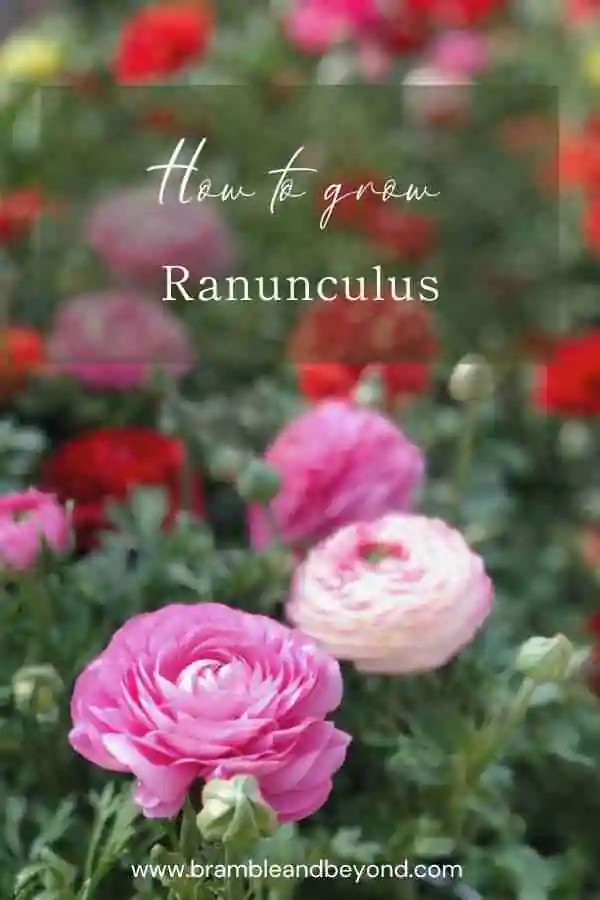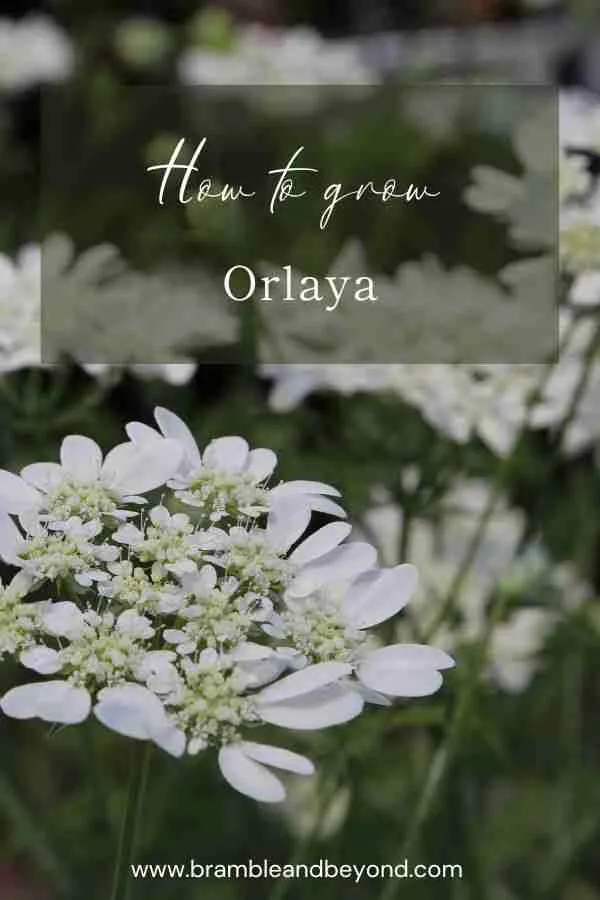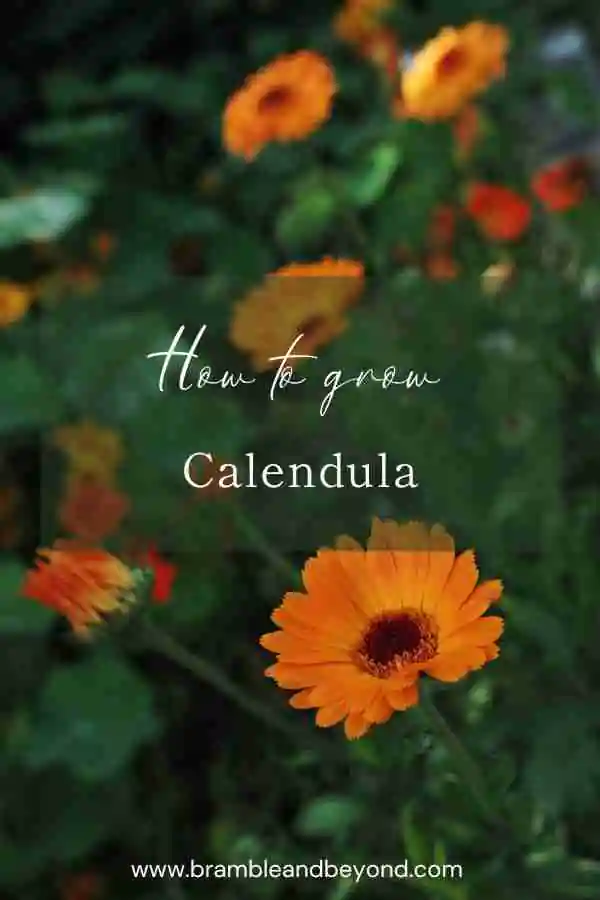Disclosure: This post may contain affiliate links, meaning I get commission if you decide to make a purchase through my links, at no cost to you. Please read my Affiliate Disclosure for more information.
Are you tired of planting ranunculus bulbs only to be disappointed by their lacklustre blooms? Don’t worry, you’re not alone. Many gardeners struggle to achieve the perfect ranunculus, but with the right knowledge and care, it’s possible to grow stunning flowers every season.
In this article, we’ll explore the secrets of how to grow ranunculus – perfect every time. From understanding the ideal growing conditions to mastering planting techniques and protecting your blooms from pests and diseases, we’ve got you covered. By following these simple steps, you’ll be able to enjoy the beauty of thriving ranunculus blooms all season long.
It’s worth mentioning that ranunculus flowers come in a wide variety of colours, ranging from white and pink to red and yellow. Their delicate, rose-like appearance and long stems make them a popular choice for floral arrangements. Whether you’re a flower enthusiast or a professional gardener, growing ranunculus can bring a vibrant touch to your garden or floral displays.
So, let’s dive into the wonderful world of ranunculus and discover the tips and tricks to make your garden flourish.
If you want to see me starting my ranunculus corms then this video covers the process.
What is a ranunculus and are they perennials
Ranunculus belongs to the buttercup family, which is a perennial and is commonly known as the Persian buttercup. This lovely flower is native to Asia, Europe, and North America.
However, ranunculus is not strictly a perennial because it is grown from a corm, which is a small, bulb-like structure that stores energy for the plant to use during the growing season. Corms are similar to bulbs but have different shapes and sizes. Perennials usually develop a root structure.
Will ranunculus flower again
Perennials, as the name suggests, come back every year. In a similar way, corms and tubers will produce a plant the following year as long as the corm is undamaged and free from rot.
So, don’t forget to save your ranunculus corms each year. Leaving them in the ground might cause them to rot, so it’s best to dig them up and let them dry out. Store them in a cool, dark place where there are no rodents. Then, when autumn arrives, you can start growing your corms again (as explained below), in an area without frost.
The advantage of growing from the same corms year after year is that the size of the corms will be larger, resulting in bigger and stronger plants.
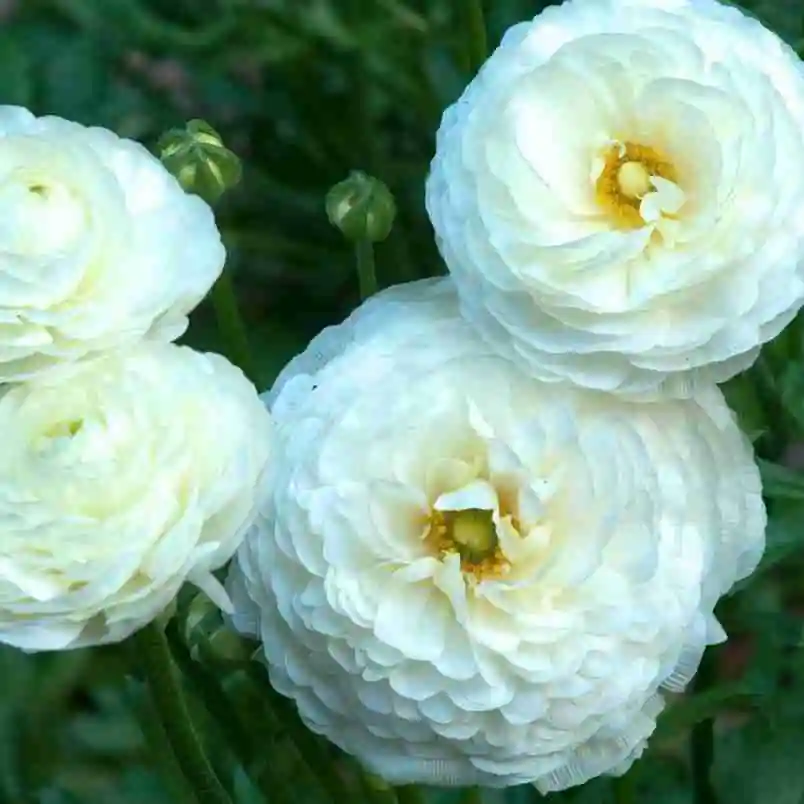
Will ranunculus survive frost
Ranunculus corms are hardy plants, but they do need specific temperatures and growing conditions to thrive. Fortunately, they tend to prefer cooler temperatures, around 10-15°C (50-60°F), which is why they are often seen blooming in the spring. The great thing about ranunculus is that they can be grown both indoors and outdoors. However, it’s important to protect them from frost.
When it comes to cold temperatures, ranunculus flowers are quite delicate, so they should be sheltered or covered during harsh winters.
If you’re a home grower, planting your corms in containers allows you to easily move them inside or outside depending on the weather conditions. On the other hand, flower farmers prefer to cultivate them in their greenhouse or polytunnel to encourage early blooms.
Now, you might be wondering, when is the best time to plant ranunculus?
When to plant ranunculus
Timing is crucial when it comes to planting ranunculus. These corms are best planted in the autumn, specifically between October and November, when the light levels are not too low. If you’re considering planting tulips, ranunculus are a great choice as well.
For these autumn-sown plants, it’s important to provide them with a protected growing space, such as a greenhouse, polytunnel, or pots in a sheltered area. Frost can harm the leaves and flowering stems.
Ranunculus will start blooming well before the last frosts. Additionally, the protected growing environment will result in taller stems, making them ideal for flower arrangements.
If you missed the autumn sowing, you can start them in spring, beginning in February. However, it’s best to avoid December and January due to the low light levels.
By early May, the autumn-sown corms will start to fade due to the high temperatures in the polytunnel or greenhouse. On the other hand, the spring-sown plants will just be getting started.
Spring-sown plants may not be as large as the autumn ones, but they will flower later, providing a longer flowering season if you sow them in two batches. With the second sowing, you may still be able to enjoy picking flowers in early July.
Next, we’ll explain how to properly plant ranunculus to ensure they thrive in your garden.
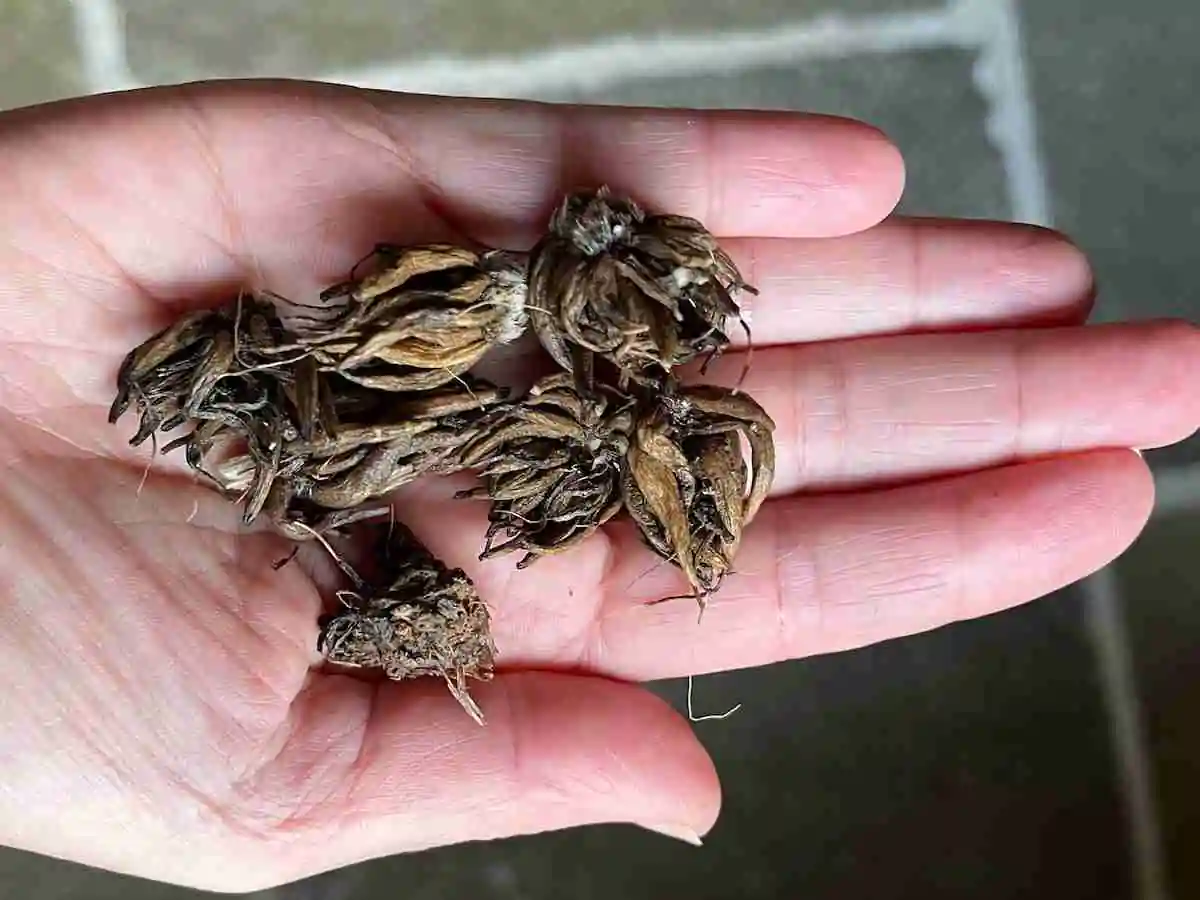
Which way up do you plant ranunculus
Ranunculus corms can sometimes be a bit finicky, but don’t worry! Just follow these tips to help you make the most of your corms.
When you purchase the corms, (I bought mine from Farmer Gracy)they will be dried out. Before they can start growing, you’ll need to rehydrate them. It’s really simple – just soak them in a bowl of water for about 3 hours. If needed, you can change the water during this time to make sure it doesn’t become stagnant. But don’t worry too much, as long as you don’t leave them for more than 3 hours, everything will be fine.
Once the corms are nicely hydrated, I like to plant them shallowly in a tray of compost, making sure the claws are facing downwards.
How to grow ranunculus
After planting, give them a good watering, making sure the soil is moist but not overly soaked is crucial. Too much water can cause the corms to rot, but too little will cause the reverse, and the corms will dry up, so it’s vital to strike a balance between moisture and drainage. This method allows you to easily spot when they start sprouting, so you won’t have to wait in anticipation for the sprouts to come out of the soil. Instead, you’ll actually see them growing on the corms.
At this stage, your main aim is to encourage growth. The sprouted corms won’t stay in these trays for long.
Based on my experience, the best results come from placing these trays in a warm and dark place (I personally use my under-stairs cupboard). In just a couple of weeks, you’ll start seeing the sprouts emerging.
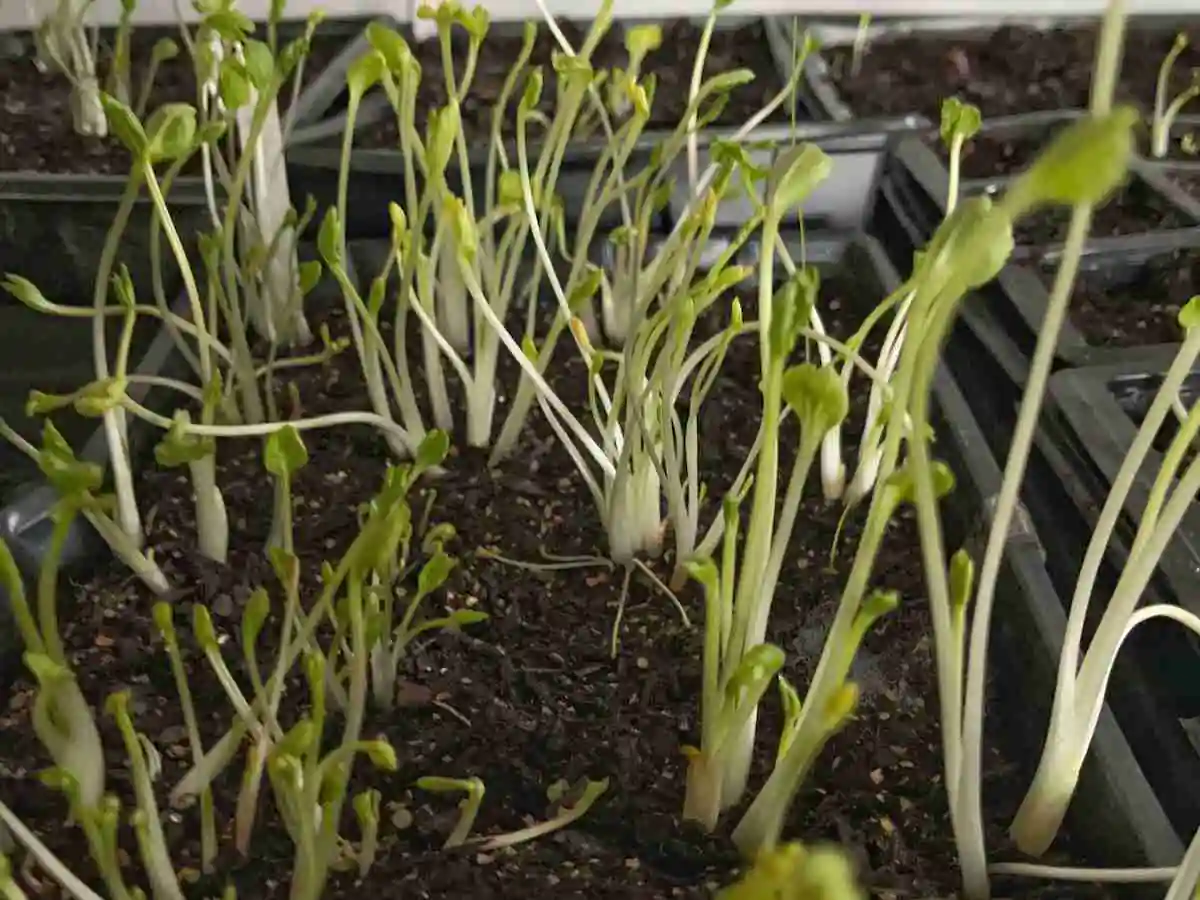
Once they have sprouted, it’s time to transfer them into pots or the ground, making sure there’s enough space for the compost to provide the necessary nutrients. For example, a 15-cell seed tray or a 9cm pot would be fine, or if you’re planting them in the ground, space them about 22cm apart. If you compromise on the available space, the resulting flowers will be smaller as they will compete with each other for nutrients.
Remember that these plants are sensitive to frost, so don’t plant them outside until the risk of frost has passed, unless you protect them.
If you encounter any issues with your corms not waking up, check to see if the compost has dried out. It should be moist, but not overly wet!
Protecting your ranunculus from pests and disease
To keep your ranunculus blooms healthy and beautiful, it’s important to protect them from pests and disease.
While the corms are waiting to sprout, they can be quite attractive to rodents. So if you don’t see any sprouting, it’s a good idea to check if the corms are still there. I’ve had mice enjoy many of my ranunculus corms as a tasty dinner! That’s why I prefer to sprout my corms indoors.
Once the corms have sprouted and the plants have grown a bit, they become less appealing to rodents. However, you still need to watch out for other pests that may be around.
Ranunculus can also be vulnerable to slug damage, so it might be necessary to use some sort of slug control method that you’re comfortable with.
In addition to these preventive measures, it’s important to regularly inspect your plants for any signs of disease or pests. If you notice anything suspicious, take immediate action to prevent further damage.
Why ranunculus leaves turn yellow
Yellowing of ranunculus leaves can be caused by various factors, such as overwatering, inadequate nutrient supply, infestation by pests, or the presence of diseases.
Because I start my plants inside in the dark, I find that if they are left too long in the dark the lack of light causes the leaves to turn yellow.
It is crucial to carefully evaluate the prevailing growing conditions and promptly take corrective measures to rectify any underlying problems. By doing so, not only can we prevent the continued yellowing of the leaves but also ensure the overall well-being and vitality of the plant in the long run.
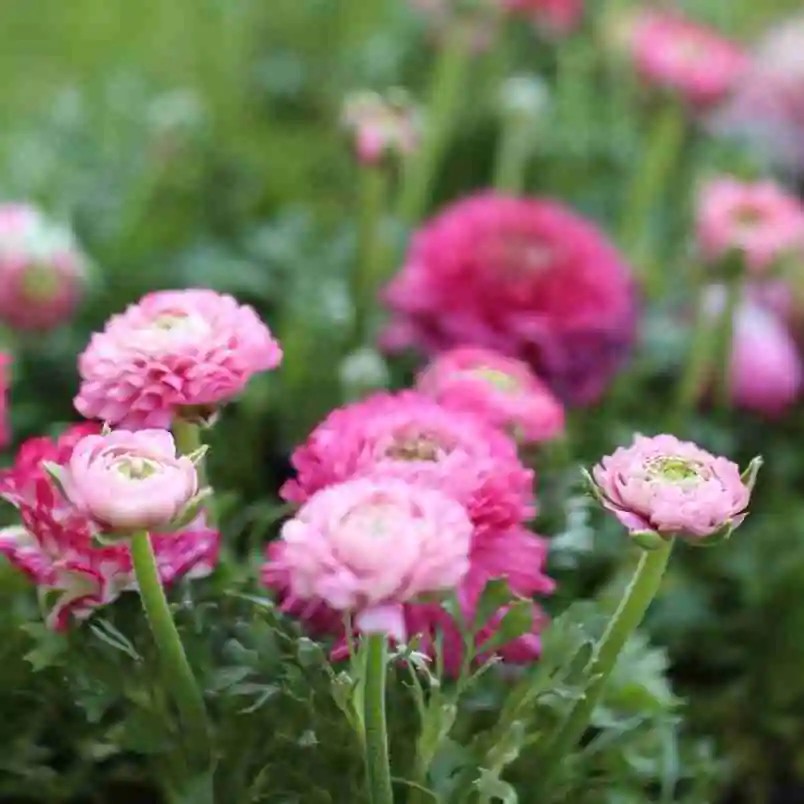
Harvesting and storing your ranunculus blooms
Ranunculus blooms are ready for harvesting when the buds have fully opened. This will ensure the flowers have reached their maximum size and last longer in a vase.
When cutting the blooms, use sharp scissors or pruning shears to make a clean cut at the base of the stem. Avoid breaking or tearing the stem, as this can damage the plant and reduce the lifespan of the bloom. Ranunculus will flower on multiple stems, so you should get several flowers from one plant.
Once you’ve harvested your blooms, you should store them properly. Fill a vase or bucket with cool water and place the ranunculus stems in it. Keep the container out of direct sunlight and in a cool location to help the flowers last longer.
When it’s time to arrange your blooms, re-cut the stems at an angle and place them in fresh water.
By taking the time to properly harvest your ranunculus blooms, you can enjoy their vibrant colours and delicate beauty for much longer.
Can you dry ranunculus
Ranunculus make beautiful dried flowers. Drying ranunculus flowers is a wonderful way to preserve their beauty and enjoy them for an extended period.
Here’s a step-by-step guide on how to dry ranunculus:
- Select ranunculus flowers that are at their peak. It’s best to harvest them in the morning when the flowers are well-hydrated.
- Trim the stems of the ranunculus flowers to your desired length. Remove any excess foliage or leaves to avoid mould growth.
- Gather a small bunch of ranunculus flowers together, around 3-5 stems. Tie the stems tightly with a rubber band or string, ensuring they are secure and won’t slip out.
- Find a cool, dry, and well-ventilated area to hang the ranunculus bunches upside down. You can use a clothesline, a hanger, or a drying rack. Make sure the flowers are not crowded, allowing air to circulate freely.
- Place the ranunculus bunches away from direct sunlight, as it can cause the flowers to fade or lose their vibrant colours.
- Allow the ranunculus flowers to dry completely. This process can take anywhere from one to three weeks, depending on the humidity levels in your environment. Check the flowers regularly to ensure they are drying evenly and not developing mould or rot.
- To check if the ranunculus flowers are fully dried, gently touch the petals. They should feel crisp and papery, indicating that they are ready for use.
Remember, dried ranunculus flowers are fragile, so handle them with care to avoid breakage. Store them in a cool, dry place to prevent moisture absorption and preserve their longevity.
Hopefully, I’ve provided enough information to help teach you how to grow ranunculus. Enjoy the beauty of your dried ranunculus blooms for months to come!

